New Trip Report: Appalachian Cottontails and Allegheny Woodrats
I spent last weekend with my kids on a quick trip looking for two mammals a few hours south of New York City.
West Virginia
We spent a night at Canaan Village, right in the middle of Appalachian Cottontail habitat. Aidan Place told me he had seen several Appalachian Cottontails last summer at the summit of Spruce Knob, West Virginia’s highest point.
We got there just before dusk but it was raining pretty hard and I didn’t see the herds of cottontails rampaging across the parking lot that I had hoped for.
Dolly Sods – though I am not sure which bit of it – is meant to be another good area.The weather cleared overnight and I was driving around up near the campsite at 6 a.m. But again no rabbits.
After a cut-throat game of miniature golf we drove back to the top of Spruce Knob, as I read over breakfast that the cottontails are often seen around the Spruce Knob observation tower (300 meters from the car park).
Midday is not the best time to look for rabbits, but I saw one on the edge of the trail halfway between the tower and the car park.
Cottontails can be very hard to tell apart but I am fairly sure this is the only species up so high here.
West Virginia is really very pretty and somewhere I hope to get back to soon.
Virginia
We spent the next night in Shipman, Virginia, staying with Allen and Barbara Hale, who very kindly put us up, fed us extremely well, and helped me find me an Allegheny Woodrat.
Allen owns the wildlife speciality bookshop Buteo Books, runs birding/wildlife trips to Panama and has had woodrats living around his house on and off for many years. I first met Allen during an unsuccessful hunt for them around here back in 2016. But though the species is declining further north, they still seem to be quite common among the cliffs and empty buildings of Shipman, Virginia. If I remember right, John Fox and Curtis Hart saw one here several years ago also with help from Allen.
There was plenty of evidence that the woodrat was living under the house and Allen had been feeding it regularly with – this week at least – peaches. I patrolled the house for a couple of hours after dark with my thermal scope but didn’t see a woodrat.
I also set a bunch of Sherman and small mesh cage traps and the next morning we had one: caught in the only trap which had been baited with peach, rather than apple.
Mission accomplished. Thank you again to the Hales for being so welcoming.
6 Comments
-
-
Brian Keelan
Hi, Jon, Did the cottontail show any morphological characteristics of Appalachian, such as (from Fiona’s book) a black spot high on the forehead or ears with black leading and rusty trailing edges? I’m no expert, but the eye-ring does not look atypical for Eastern (creamy, versus darker orange in Appalachian), and the black and rust ear edges don’t seem to show in the photos. Regarding elevation, I have seen Eastern at 6210 feet elevation in Mount Mitchell State Park, NC, just 3 degrees of latitude farther south, so I would not eliminate Eastern from consideration at 4800 feet elevation at Spruce Knob, without additional local information.
In a similar vein, I think ID of New England Cottontail is very difficult. This forum contains reports of the species from Trustom Pond NWR, RI, but when I visited there, using a thermal scope on an overcast day, I had good views of 12 cottontails and all looked like Eastern to me. I spoke with a biologist who said that they have done extensive scat collections there during winter, and performed DNA testing, and that all samples have been from Eastern Cottontails.
Thanks for your always interesting posts, and, of course, for creating this marvelous forum! — Brian Keelan
-
Jon Hall
Hi Brian – great you are keeping up with the forum while you are on the road. I have given up trying to distinguish New England type Cottontails from Eastern by looking at them. As you say DNA testing seems to be the way to go. That said, the animal I saw did seem to have a black patch between its ears (see the fuzzy photo of it running away) and the black pencilling on the back. But several references I have found suggest they are abundant at Spruce Knob and Dolly Sods while Eastern Cottontails are rare. Eg One study at Dolly Sods caught 45 S. obscurus and only one floridanus. And Spruce Knob is even higher – and high elevation in WV at least seems to be a barrier to the Eastern invasion moving up if I understand oorrectly. But if anyone knows different please do let me know. cheers
-
Leave a Reply
You must be logged in to post a comment.


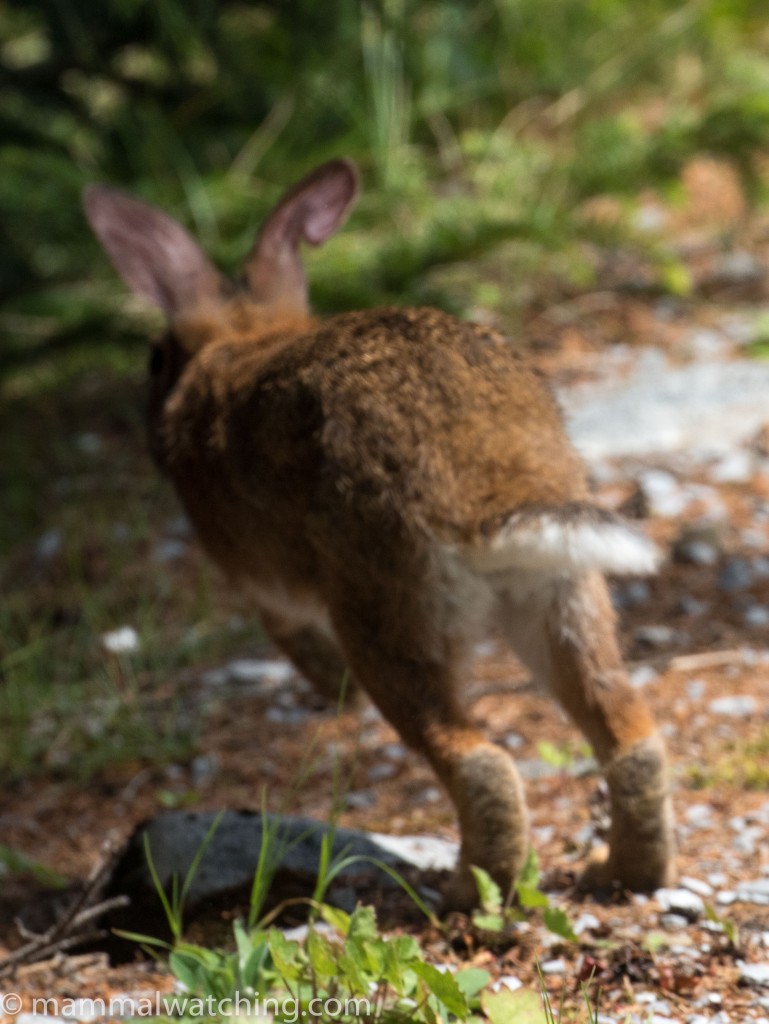
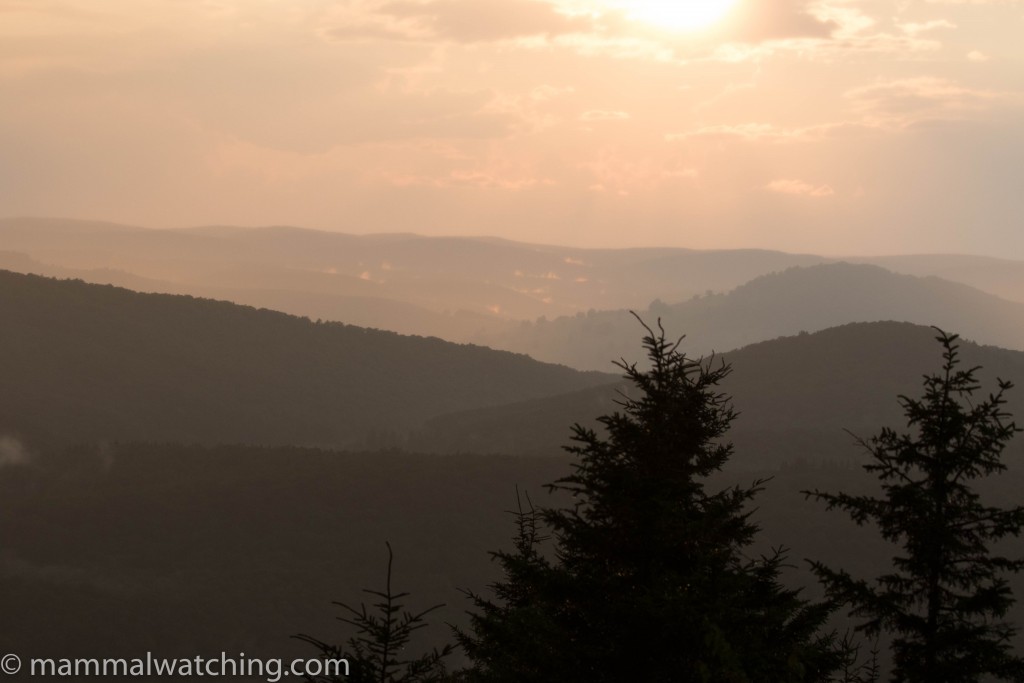
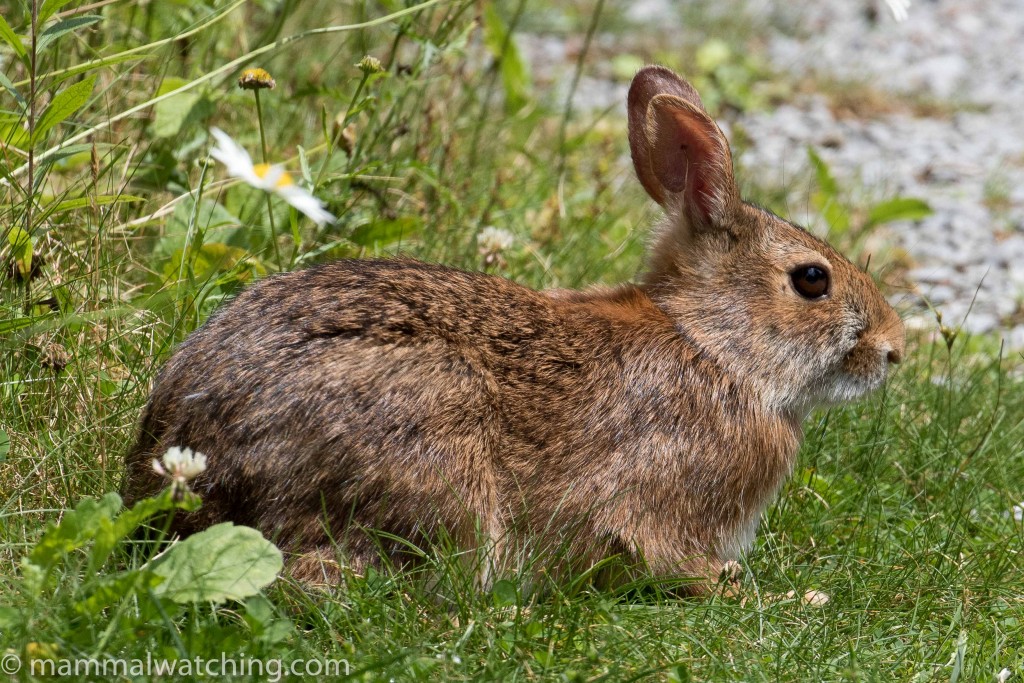

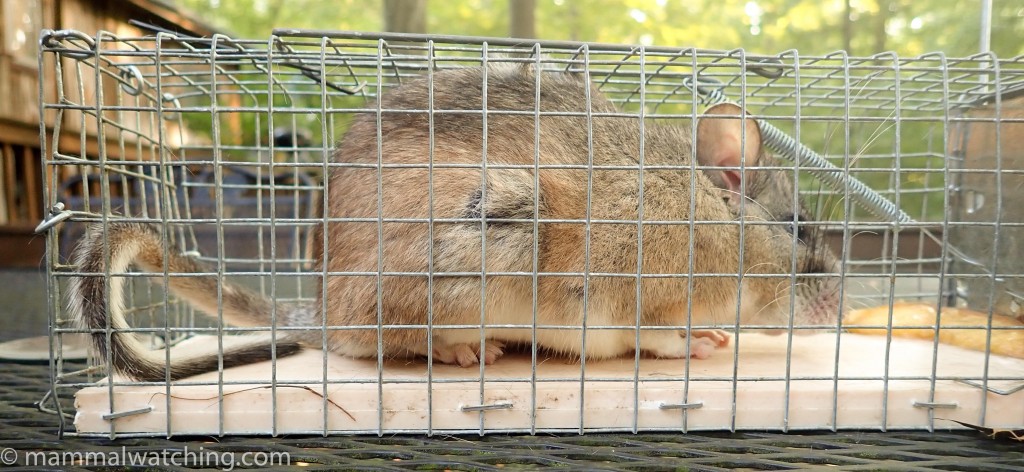
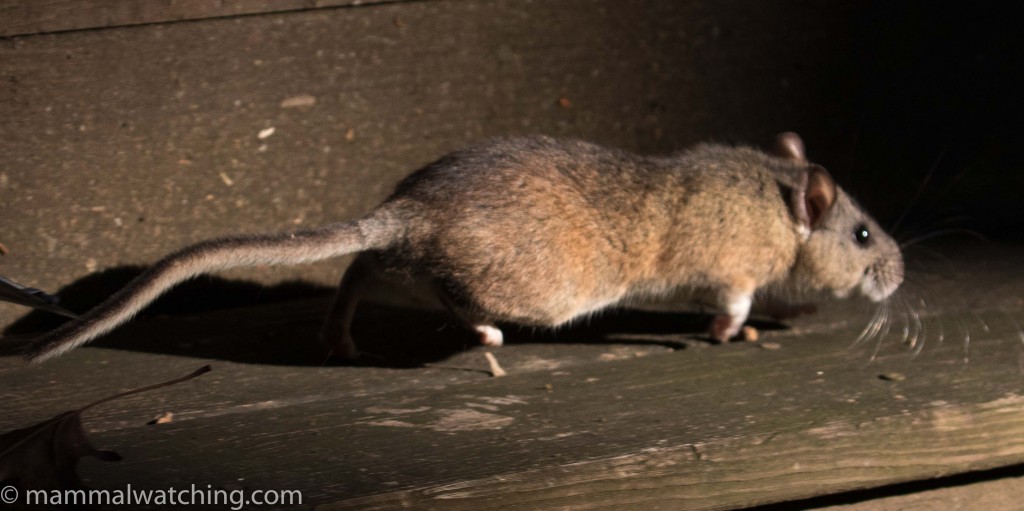
 Thanks Andrew Jon
Thanks Andrew Jon
Conuropsis
Nice Jon. Though it’s a little more than a few hours to WV and VA:-) I’ve heard the cottontails are in those sites and had hoped to go to both someday. I know of the Hales, having ordered books from them before, but didn’t know they were some accommodating to mammal watchers. As always, good post.
Andrew